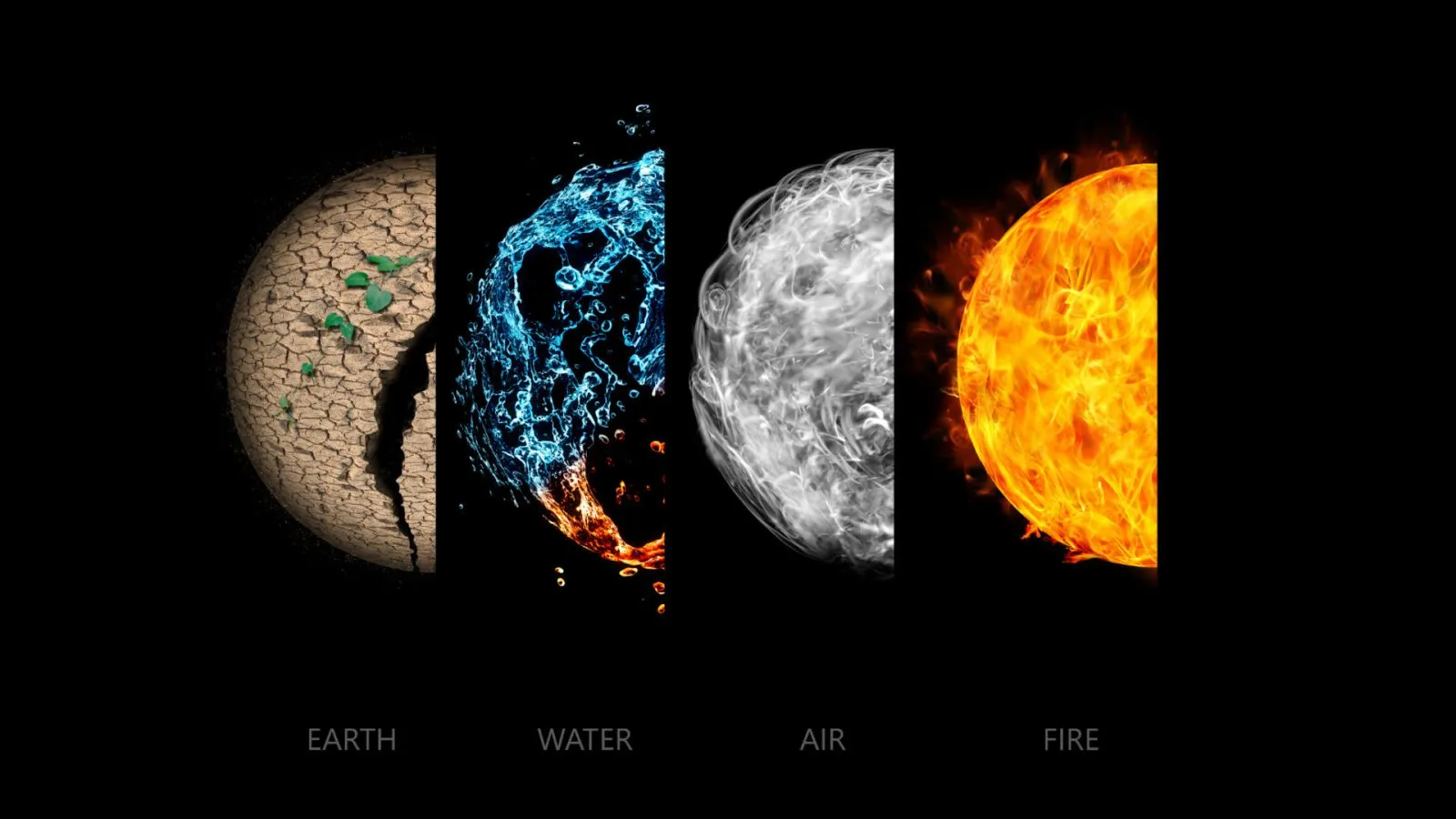Rising to Fall

In pop culture people are always talking about dropping “heat,” but nowadays the take has become quite literal. Yet, while the rise in many miscellaneous spiritual practices has started in an uproar, satanic “practice” has been prevalent in the world of entertainment for a while now. Firstly, one need only look at the rise of “horror” as a genre to determine that spirituality and terror are what people are searching for in their entertainment. Seemingly, people no longer desire a simple good versus bad story, but one that rebels against and subverts societal expectations. It is, in the most basic sense, freedom at its core.
In 1973 The Exorcist came out and blew up the box office, and since then there has been no shortage of spiritual prevalence within the main picture of the media. Seen now with Sam Smith’s grammy performance where he wore a suit and tie stylized after Satan, and Lil Nas X’s shoes from 2021, along with his song Montero one can see that it is no longer simply the domain of more theatrical and exaggerated artists. Adults all over America entered what many call the “Satanic Panic” in the 1980s, which is consequently only a few years after the release of the hit film The Exorcist and the discovery of the musical genre of Heavy Metal, and this brought about all of society’s rebellion and desire to usurp.
All of a sudden entire genres of music were flying flags with anti-religious symbolism and writing lyrics with hatred for Christianity. At one point in Norway, Black Metal groups were inciting and encouraging the burning down of churches to prove their dedication to their beliefs. There was a dedication at the time to “pure darkness,” and such a reaction would be expected from anyone who has no greater reason to live for.
Now, it is not unexpected in a world so broadly defined by post-modernism that people would rebel. In a world governed by relativity, one must see that morality, and through morality action, would come into the mix. As Freiderich Nietzsche said it in his book Human, All Too Human, “… it is…a malady that can destroy a man, this first outbreak of strength and will for… free will: And how much illness is forced to the surface in the frantic strivings and singularities with which… the liberated seeks henceforth to attest his mastery over things!”
As one develops their lack of belief in anything but themselves, they will slowly envelop the world in their pride. So, the same can be said about culture in the current wave. It started with movies, developed into what is still a largely stigmatized genre of music, and is now making its way into the very core of musical entertainment: pop music.
At the very core of pop music is the desire to be simple, to be accepted by everyone. In such an attempt to do so, any hidden meaning must be brought to light through easily understood lyrics and vibrant imagery. Through this need and the addition of postmodernist ideology, morality becomes a complex weave of absolutely nothing. If one believes in nothing, then one will support anything that tickles their fancy. One’s being is then devoid of all meaning, and through that the need to fill such a void is brought in, which, in this case, is done through rebellion.
It is no surprise, then, that music has changed. If one observes the music that was produced back from the 20s through the 60s, and then compares it to now, it is apparent that something has changed. What used to be filled with romantic feelings and oversaturated love has now become promiscuous and risky. That is not to say that at those times there was nothing of a similar sort, but one need not look far to find a song which holds a meaning of extreme sexuality.
So, what is there to say? Firstly, one must realize that it is not simply satanic imagery, but a matter of pride altogether. In a world defined by nothing, one will do anything to show that they are something, and that is exactly what is happening now. Rebellion against the social norm has been a significant play within every generation, but with Generation Z the foundation has been laid.
One must not look at the extremist imagery as a sign that the sky is falling, leaving each average layman to burn, but simply that the pushback is no longer from the loud minority. People want to be on top, and if they believe using sexuality and demonic imagery is the way to do so, it will only continue to thrive.
Resources:
Bond, P. (2023, March 28). Satan is getting hot as hell in American pop culture. Newsweek.
Retrieved April 11, 2023, from
https://www.newsweek.com/satan-getting-hot-hell-american-pop-culture-1790669
Merrett, R. (2021, March 29). No, Nike didn’t collaborate with Lil Nas X on ‘satan shoes’.
Footwear News. Retrieved April 11, 2023, from
https://footwearnews.com/2021/focus/athletic-outdoor/lil-nas-x-satan-shoes-nike-air-max-97-info-1203125641/
Nietzsche, F. (2014). Human, All Too Human: A Book For Free Spirits. (R. J. Hollingdale & M.
Faber, Trans.) (Classic Illustrated). Heritage Illustrated Publishing.
Smith, P. (2019, May 18). A look back at how a metal scene in Norway led to the arson of over
50 churches: Mapped. How the black metal scene in Norway led to the arson of over 50
churches. Retrieved April 11, 2023, from
https://dailyhive.com/mapped/norway-black-metal-church-fires-history
How demonic imagery has become more prominent in popular culture...





